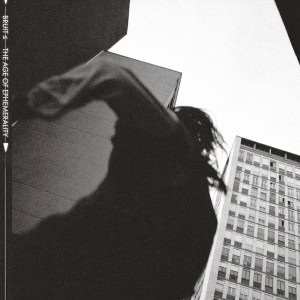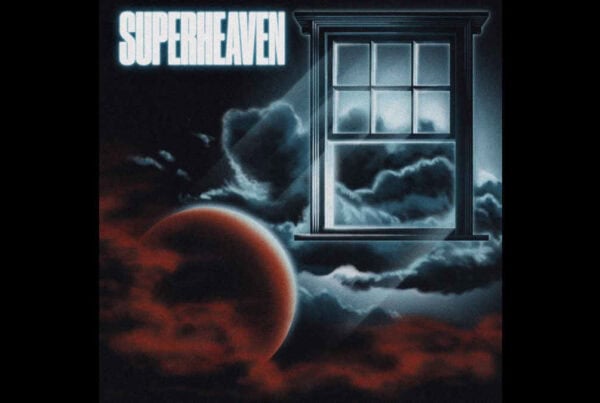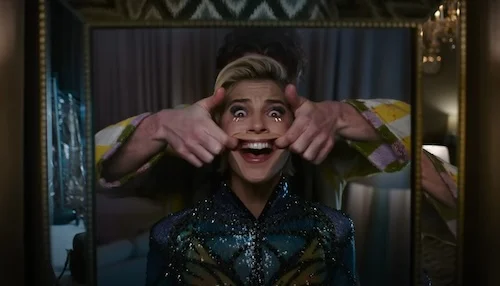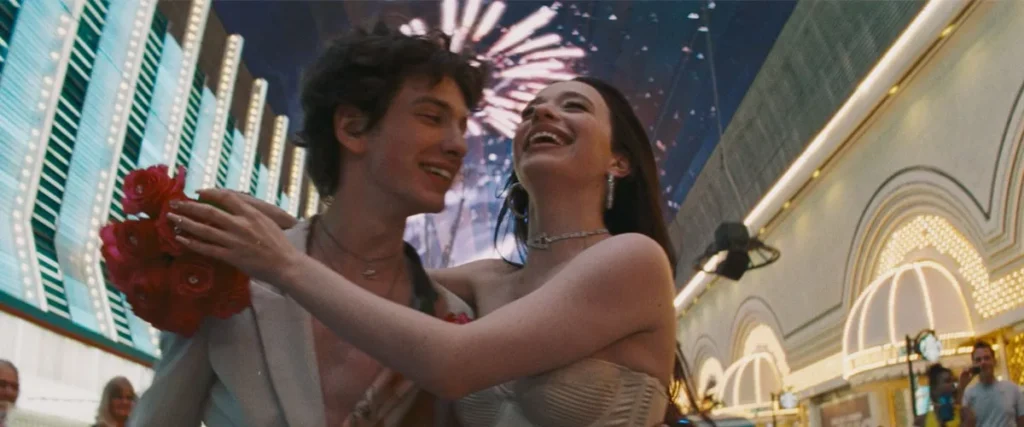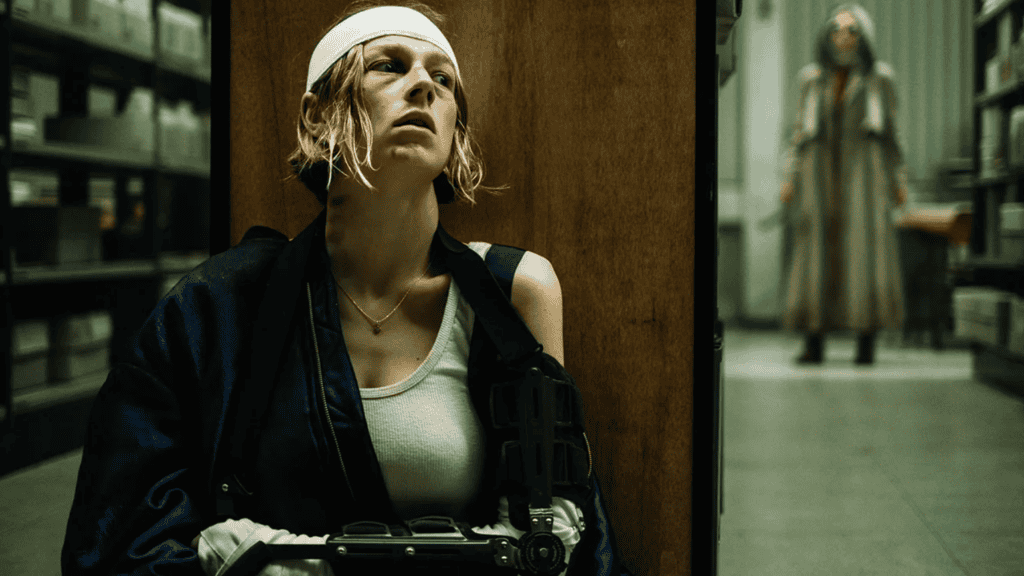More than a decade since ‘The Fellowship of the Ring’ hit the big screen, Peter Jackson’s love affair with Middle Earth has finally (probably) come to an end after two trilogies and a total of over seventeen hours of run time just counting the theatrical releases. It’s definitely been an epic ride, and ‘The Lord of the Rings’ in particular will always be the benchmark for how to make a film trilogy, all three films being masterpieces that are unrivalled in their genre and have the cinematic quality to be right up there in all-time lists too. It’s a bit of a shame that ‘The Hobbit’ isn’t quite as good, but luckily Jackson manages to keep it the right side of worthwhile with this concluding chapter of Bilbo’s story.

Much like the other two films, Jackson has created what can undoubtedly be an epic, thrilling adventure but also one that lacks consistency which means that while one scene will have been particularly enjoyable to watch, the next could be a lumpen and drab one that completely takes you out of the sense of grandeur the film tries to induce. It’s definitely not the acting performances that drag it down though, with good performances across the board and a particularly strong turn from Martin Freeman as Bilbo. He excels at portraying the puzzled, often baffled but unexpectedly hardy hobbit and his scenes are by far the best, often a tragedian mixture of humour, sorrow and bravery that does hearken back to the ‘Lord of the Rings’ days. He’s always missed when he’s not on screen, which considering he is ostensibly the main character is a little perplexing, but the sheer scale of the project takes over, and we get separate focuses on Richard Armitage’s Thorin, now obsessed with the riches beneath Erebor in a way that’s all too familiar for the dwarves, and Luke Evans’ Bard, who must deal with the consequences of the releasing of Benedict Cumberbatch’s Smaug at the end of the previous film. These sections do have their moments and the dragon is as spectacular as usual, but they don’t quite warrant all the time spent on them, and it would have been more interesting if there was a clearer focus on Freeman’s hobbit.
Once we reach the final act though we are definitely in Jackson territory as he revels in the sheer scope of battle scenes and the grandeur of the scenery. This act is the best part of the film, it packs a lot of punches and is as exciting as you would want, but does sometimes overstep the mark to the extent that it feels like we may be entering video game territory. One particular sequence where Orlando Bloom’s Legolas utilises falling rocks to get back on a bridge comes to mind and while there were moments like this in Lord of the Rings, they were grounded in the rest of the action and often a marker of the skill of the characters, whereas this pushes the boundaries of implausibility a little too far. That said, Jackson does a good job of keeping the action motoring along, even if we don’t quite reach the level of intensity we want and often overstep the mark of silliness.
In the end ‘The Battle of the Five Armies’ sums up the whole ‘Hobbit’ trilogy, with sparks of something special and the odd really memorable scene but not enough effort made either on the characterisation front nor in terms of plotting to be quite as engaging as it should be, which perhaps has to do with the three movie span having stretched the material to its very limit. New characters like Tauriel are also mixed bags, and have their moments while also feeling a little like extra baggage thrown in there to add a few minutes to the running time, but despite all the criticism it’s clear that in the creation of his vision of middle earth, Peter Jackson has done truly remarkable things, and while it hasn’t been as successful as the original trilogy many will appreciate it as a loving send-off and his world as a marker for future fantasy films, a genre which he has definitely revolutionised and revitalised.
To see when the film is showing click here

